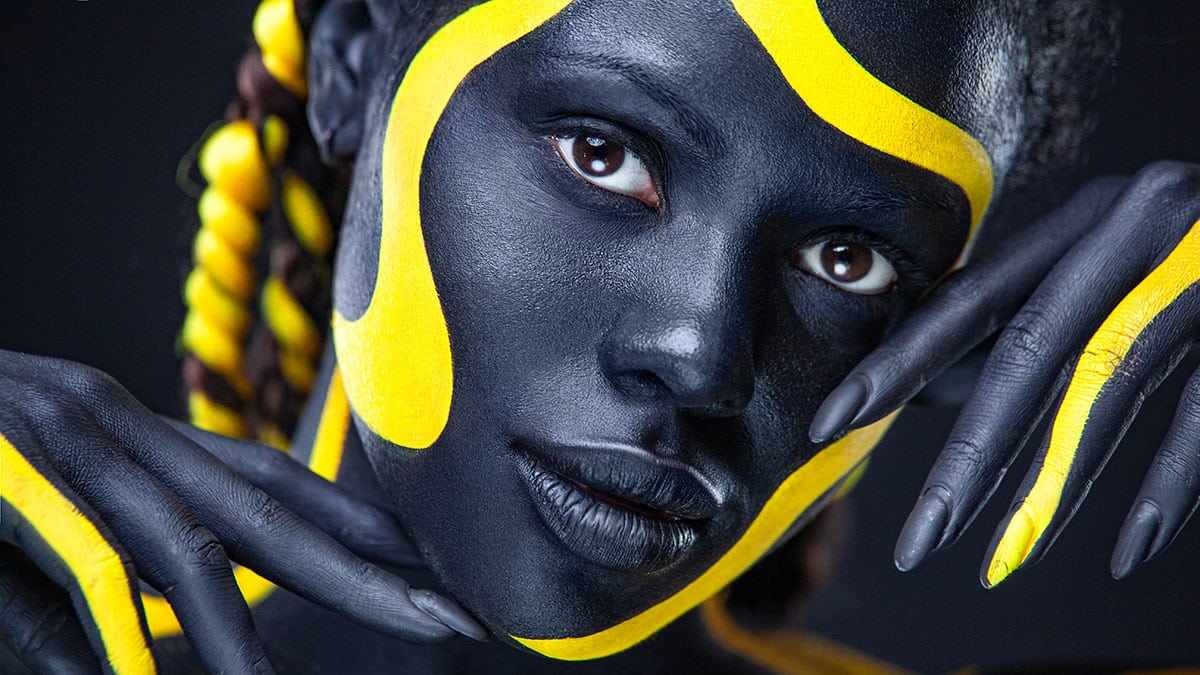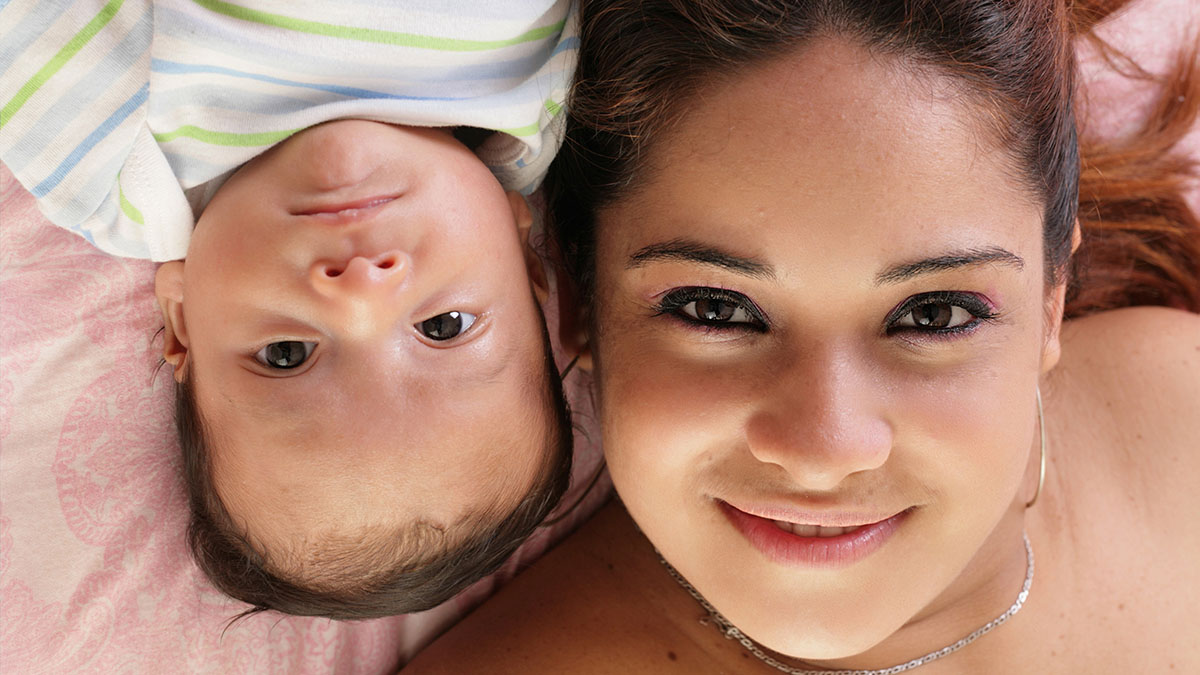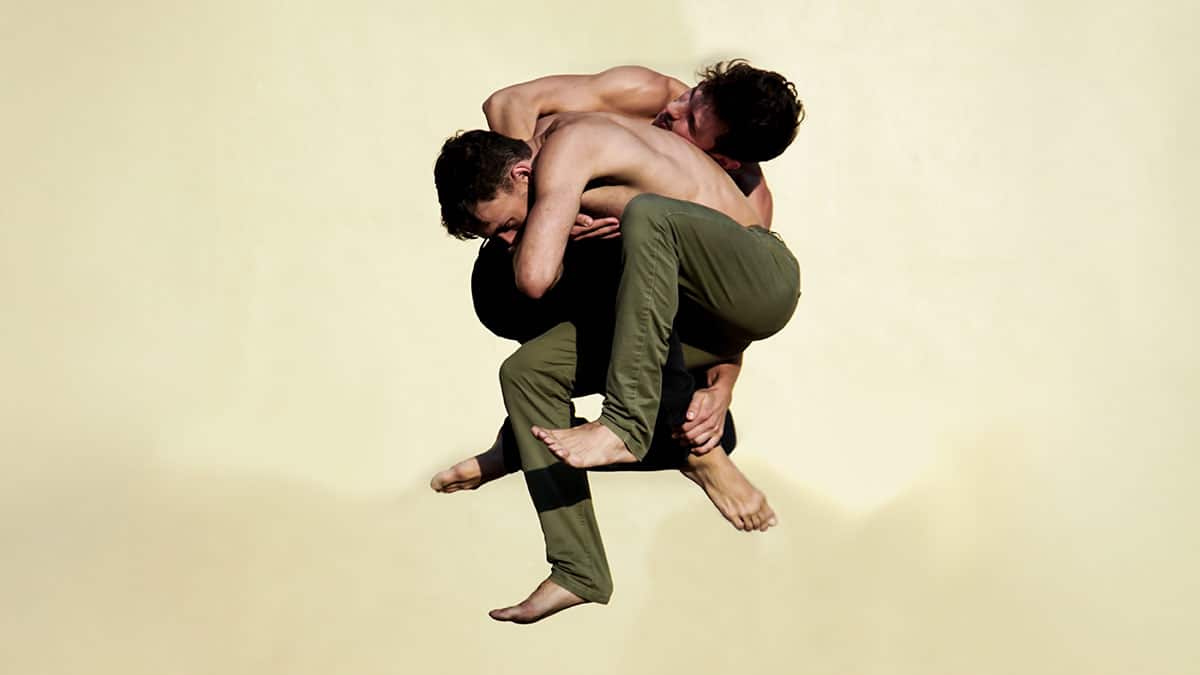Chinese NYC is the biggest population of Chinese descent outside of Asia. NYC has many Chinatowns now, but the original Manhattan Chinatown was formed by the workforce that built the western end of the Transcontinental Railroad (1863-1869).
Chinese are Latin through the Caribbean. We were the first to understand what was done to the African Diaspora because we received the same mistreatment.
Jamaica, the Dominican Republic and Cuba have the largest diasporas. Again the community built the railroads in the Caribbean. Even the Puerto Rican Jíbaro (iconic farmers) have Chinese mixed in.
New York City’s Chinese Spanish restaurants were mostly Chinese Cuban restaurants. They are disappearing now, but Cuban and Chinese flavors go well together!
1-54 Contemporary African Art Fair Shows African and African Diaspora Art
THE HALO, Financial District, Manhattan 🇧🇸 🇧🇷 🇨🇩 🇫🇷 🇭🇰 🇮🇹 🇯🇵 🇳🇬 🇿🇦 🇬🇧 🇺🇸
Continue Reading 1-54 Contemporary African Art Fair Shows African and African Diaspora Art
Mother’s Day in New York City and Around the World Started as a Celebration of Peace
SECOND SUNDAY IN MAY 🇧🇷🇨🇦🇨🇱🇨🇴🇨🇺🇪🇨🇭🇳🇮🇹🇵🇪🇵🇷🇺🇸🇺🇾🇻🇪
Boca Tuya Dances the 92nd Street Y, and If You Can Dance There, You Can Dance Anywhere
92nd Street Y, Upper East Side, Manhattan 🇺🇸 🇨🇦 🇨🇳 🇨🇷 🇮🇱 🇯🇵 🇲🇽 🇵🇷
New York City Wine and Food Festival (NYCWFF) Fundraises for God’s Love We Deliver Out of Brooklyn This Year, Oy Vey
BROOKLYN
North 🇺🇸 🇨🇷 🇬🇹 🇭🇳 🇲🇽 🇵🇦
Caribe 🇨🇺 🇩🇴 🇯🇲 🇵🇷 🇹🇹
South 🇦🇷 🇨🇴 🇪🇨 🇵🇪 🇻🇪
Africa 🇬🇭 🇪🇹 🇲🇦 🇿🇦
Asia 🇨🇳 🇮🇳 🇱🇧 🇯🇵 🇵🇭
Chinese NYC News
January 2023
The Hong Kong Ballet dances Septime Webre’s “Romeo + Juliet”; at New York City Center in Midtown, Manhattan; Friday-Saturday, January 13-14, 2023. The Shakespeare classic is set in 1960s Hong Kong with kung fu instead of swordplay. Being a universal story, it works everywhere. People are people. From $45. 🇭🇰
The Lunar New Year Firecracker Ceremony and Cultural Festival 2023 is a firecracker lighting ceremony with Chinese dance, culture, and food; at Sara D. Roosevelt Park in the Lower East Side / Manhattan Chinatown; on Sunday, January 22, 2023 from 11am – 3:30pm. FREE! 🇨🇳🇰🇭🇰🇷🇰🇵🇯🇵🇲🇳🇵🇭🇸🇬🇹🇼🇹🇭🇺🇸
Nai-Ni Chen Dance Company celebrates Lunar New Year 2023 Year of the Water Rabbit; with dancers, acrobats, and musicians at Hostos Center Main Theater in Mott Haven, The Bronx; on Saturday, January 28, 2023 at 3pm. $12.
[LUNAR NEW YEAR]
New York’s Chinese Theatre Works “Hao Bang-ah, Rabbit!” is Budaixi-style glove puppetry telling bilingual stories of Lunar New Year, the Year of the Rabbit, and other Chinese zodiac traditions. It’s at Flushing Town Hall in Flushing, Queens; on Sunday, January 29, 2023. Performances at 1pm & 3pm. Workshops at 1:45pm & 3:45pm. Performance $15. Performance and workshop $22. 🇨🇳
February 2023
The 25th Lunar New Year Parade NYC 2023 has dragons dancing through Manhattan Chinatown to the Lower East Side on Sunday, February 12, 2023 at 1pm. FREE! 🇨🇳🇰🇭🇰🇷🇰🇵🇯🇵🇲🇳🇵🇭🇸🇬🇹🇼🇹🇭🇺🇸
The Chinese Diaspora Can Be Latin Too
Brazil, Peru, Venezuela, Paraguay, Argentina, Panama and Costa Rica have important communities with a Chinese heritage.
In Cuba and Puerto Rico, the Chinese Diaspora that built the western side of the Transcontinental Railroad, moved to the Caribbean and built the railroads there. They were the first to really understand how badly the African Diaspora was mistreated because the Chinese Diaspora got pretty much the same treatment. Some of the railroad builders moved to New York City where they founded what is Manhattan Chinatown.
Since then the original Chinese Diaspora communities have mostly blended into the Latin world. Even the Jíbaro, the iconic mountain farmers of Puerto Rico, have some Asian heritage too. You just can’t tell. Indigenous or Native Americans are originally from Asia so we fit in. [Editor: I’m Puerto Rican with a Chinese heritage, among others.]
Something we used to have in New York City until fairly recently was the Chinese-Latin Restaurant. They were mostly Chinese Cubans, but the food was great (both Chinese & Cuban) and was affordably priced.
Anyway, Chinese can be Latin too!
Chinese Festivals
New York City’s big Chinese festivals include Lunar New Year in Chinatowns in February and the Hong Kong Dragon Boat Festival in Flushing Meadows Corona Park, Queens in May or June.
Chinese New York City
New York City has nine Chinatowns. The Metro Region has twelve. The big three are: Manhattan; Flushing, Queens and Sunset Park, Brooklyn.
- Manhattan Chinatowns include the one downtown and another in the East Village.
- Brooklyn has Chinatowns in Bensonhurst, Homecrest and Sunset Park.
- Queens has Chinatowns in Elmhurst, Forest Hills and Little Neck.
Manhattan Chinatown has two parts. The original Chinatown around Mott St.
Chinese New Yorkers
Margaret Chin, the New York City Council member of District #1 is Chinese-American.
The Chinese World
Sun Tzu (ca 500 BC), the ancient Chinese military strategist, is having a huge impact on the modern world. His book “The Art of War” is required reading for all modern militaries.
One of Sun Tzu’s concepts is that it is easier to defeat an enemy by sowing confusion than by fighting them directly. This is the why our elections are being manipulated and why social media is being used to make us fight amongst ourselves. Make no mistake, it is one of the least expensive, and most successful military campaigns in history.
We are just dumb enough to fall for this very ancient strategy. “United we stand, divided we fall.” When the people are divided, the greatest military in the world is powerless, a waste of resources. While we tear each other apart, others are building their future.
Culture
Silk and then porcelain first brought Europe and China together. Romans loved the rich, smooth texture of silk. The “Silk Road” was the old trade route from Venice, Italy to China.
Oranges are originally from China. Moors introduced them to Andalucía, Spain. One of the Spanish-language names for the fruit is “mandarinas.” A mandarin is an old word for a Chinese government official. Spanish conquistadors planted the first orange trees in Florida to protect their sailors from scurvy.
Chinese have great respect for elders, value education, work hard, are patient, and think in very long time frames – even longer than human lives.
China
The island of Macao was a Portuguese trading port. It was returned to China in 1999.
Like all barrios, Chinese Americans settled in Chinatowns for their familiar culture and for security against racial violence. Manhattan Chinatown was founded by Chinese who did the dangerous work building the Transcontinental Railroad (1862-1869) through California’s high mountains. An outbreak of serious racial violence (lynchings, pogroms, the whole thing) caused many workers to move to New York City. Some moved to the Caribbean, built the railroads there and basically blended in.
Chinese came to Peru, Mexico and the Caribbean after the legal end of slavery.
Chinese Latin Americans arrived in Peru, Mexico and the Caribbean after the end of legalized human enslavement.
Peru has a large diaspora. Puerto Rican Jíbaro have Chinese mixed in. The Chinese-Spanish restaurants of old New York were actually Chinese-Cuban restaurants.
Tight families, a strong work ethic, and a belief in education enabled Chinese to rise in status. The diaspora has continued to grow in contemporary times.




